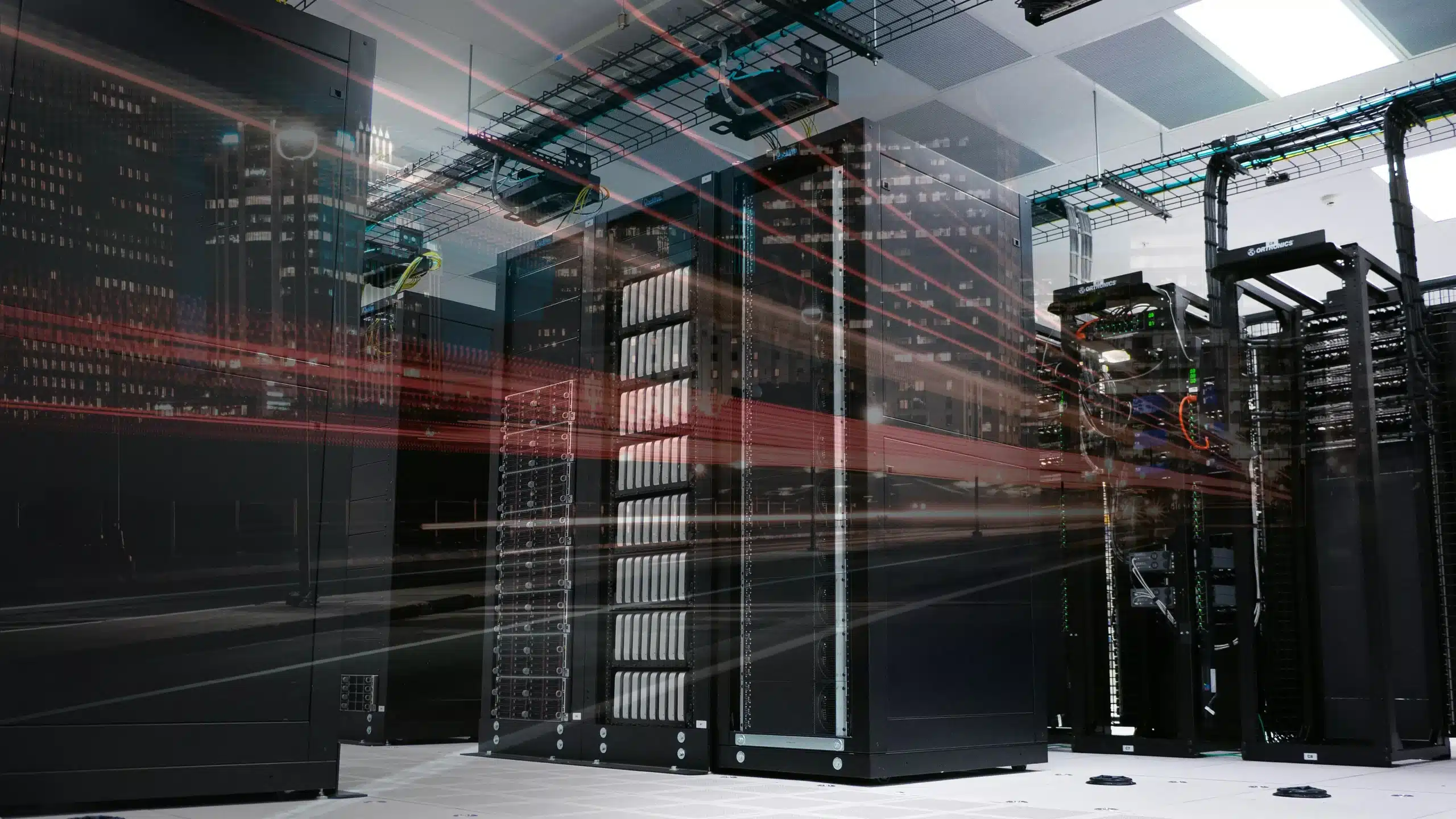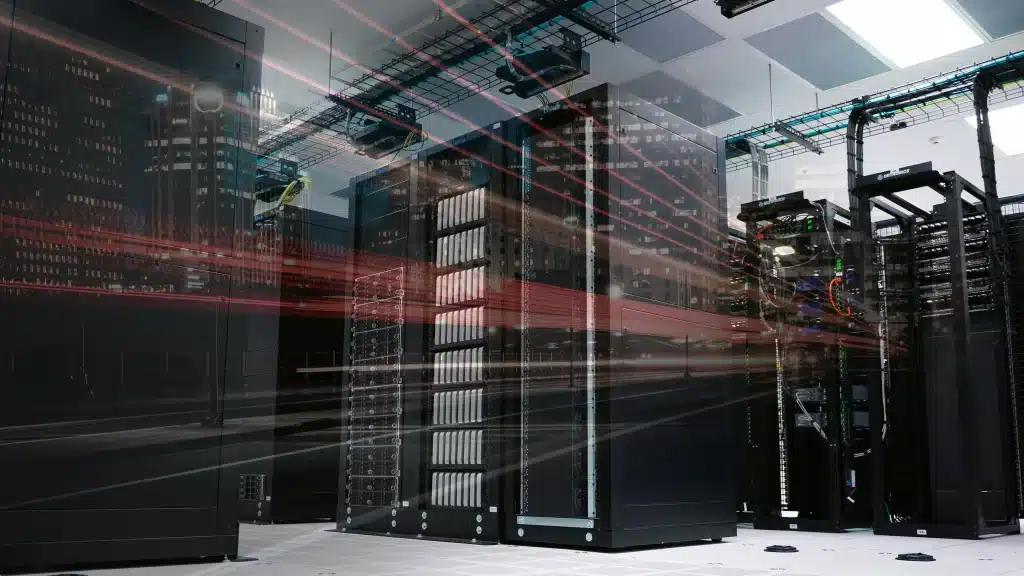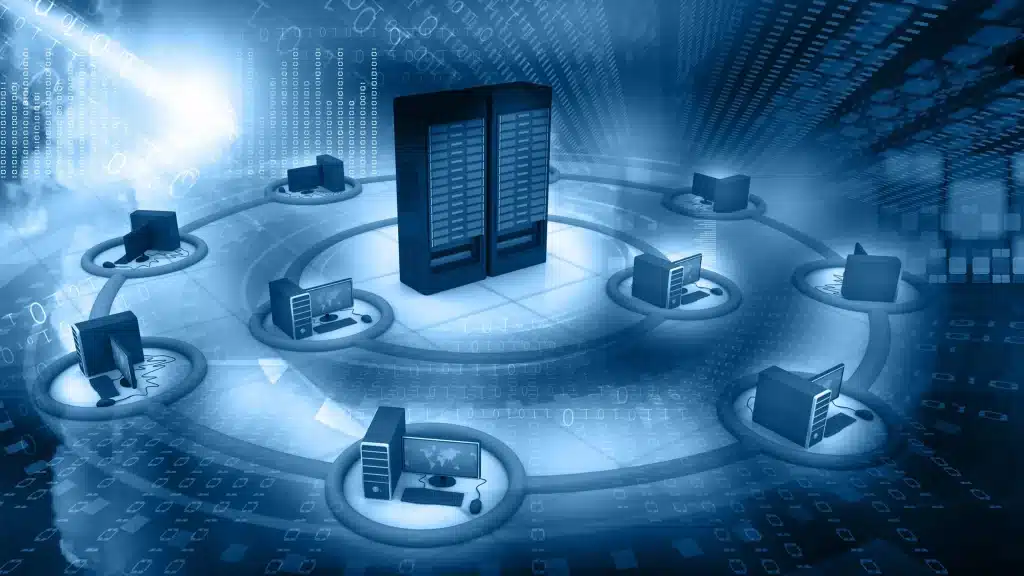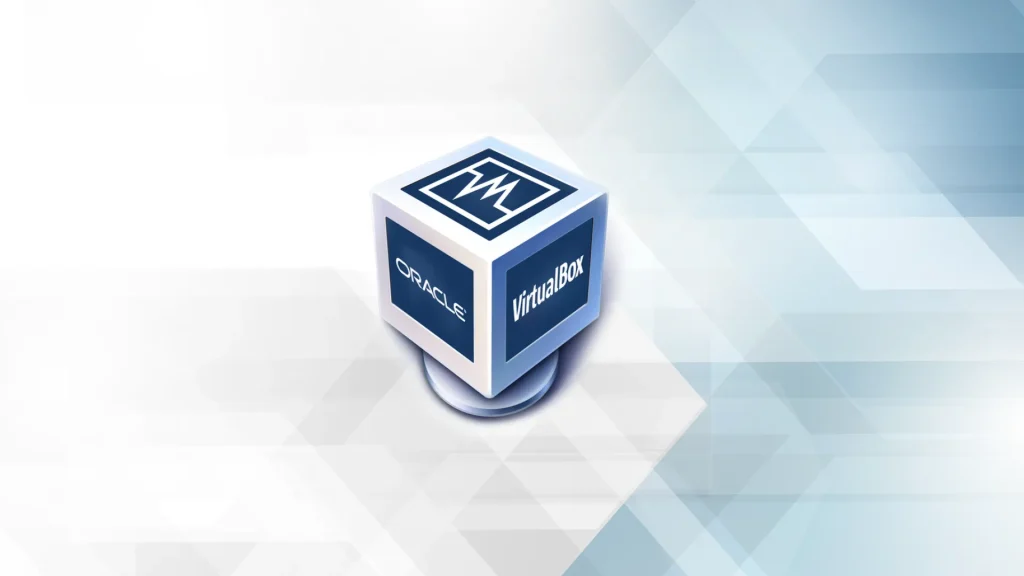
How Edge Computing Complements the Cloud for More Efficient Data Processing in Industry
Edge Computing represents a new approach to data processing, focusing on local processing near the data source. Instead of transferring all data to central computers or the cloud for processing, it enables data to be processed where it is generated—at the edge of the network. This means that devices like sensors and smart machines can process data locally, sending only the necessary results or selected data to central systems. This approach is particularly important in the age of the Internet of Things (IoT), where data production is massive and continuously increasing.
Requirements
Implementing this requires the development of suitable infrastructure and technologies. First, edge devices need to be equipped with sufficient computing power and storage capabilities to process data locally. This may involve integrating microprocessors, sensors, and other smart systems. Additionally, a reliable and secure communication network is essential for connecting these devices to central systems, ensuring data integrity and security. Lastly, the development of software to manage and coordinate local processing is critical to ensure efficient system operation and optimal use of available resources.

Advantages in Data Processing
Edge Computing offers several benefits that enhance data processing. Initially, local data processing allows for immediate response in real-time applications, reducing latency. Moreover, by reducing the workload, central systems can focus on more demanding tasks, improving their performance. Finally, saving network bandwidth by decreasing data traffic to central systems enhances both network performance and efficiency. These advantages make Edge Computing an effective solution for meeting the growing demands of data processing in the IoT era.
Edge Computing has applications in various sectors, offering significant benefits such as speed and efficiency. In healthcare, it enables immediate data processing from medical devices, improving care quality and quick decision-making.

In smart cities, it supports efficient management of traffic and public infrastructure by instantly analyzing data from sensors. For vehicles, most functions and decisions are based on edge logic. Finally, in agriculture, it helps optimize crops by monitoring soil and weather conditions in real time. This technology is also applicable in areas like Virtual Reality (VR) and retail.
Edge Computing in Industry
Edge Computing has proven highly effective in industrial applications, particularly in accelerating data processing. Specifically, instead of sending data to a remote center, analysis is conducted on-site, allowing for faster decision-making and improved security.
Sensors placed on critical machines collect data on operating conditions such as temperature, pressure, and vibrations. Thanks to Edge Computing, this data is analyzed instantly and on-site, enabling predictive maintenance. For instance, if the analysis detects unusually high vibration, the system can alert technicians to inspect the machine before it experiences a major breakdown, thus avoiding costly downtime in the production process.
In a distribution warehouse, for example, where Automated Guided Vehicles (AGVs) are used to transport products, navigation and sensor data from these vehicles are analyzed directly at the network's edge. This optimizes transport routes and reduces energy consumption, leading to increased warehouse efficiency.
In production lines where product quality is critical, high-resolution cameras capture products in real-time, and the images are analyzed to detect defects. Edge Computing allows for an immediate response to potential quality issues, as decisions are made on-site rather than after delayed data processing. This ensures that defective products are identified before leaving the production line and being packaged.
These examples demonstrate how Edge Computing can optimize and increase efficiency in industrial applications by enabling faster reactions and reducing operational costs. By adopting this technology, industrial units can achieve higher levels of autonomy and efficiency, resulting in more competitive operations.
Overall, the advancement of Edge Computing technology will lead to further innovations and open new horizons in various technological fields. As this technology continues to evolve, its applications are expected to expand and deepen across multiple sectors. The innovation potential offered by this technology opens up new prospects for developing more efficient and effective solutions in many industries.
How Edge Computing Complements the Cloud for More Efficient Data Processing in Industry
General Manager
Edge Computing represents a new approach to data processing, focusing on local processing near the data source. Instead of transferring all data to central computers or the cloud for processing, it enables data to be processed where it is generated—at the edge of the network. This means that devices like sensors and smart machines can process data locally, sending only the necessary results or selected data to central systems. This approach is particularly important in the age of the Internet of Things (IoT), where data production is massive and continuously increasing.
Requirements
Implementing this requires the development of suitable infrastructure and technologies. First, edge devices need to be equipped with sufficient computing power and storage capabilities to process data locally. This may involve integrating microprocessors, sensors, and other smart systems. Additionally, a reliable and secure communication network is essential for connecting these devices to central systems, ensuring data integrity and security. Lastly, the development of software to manage and coordinate local processing is critical to ensure efficient system operation and optimal use of available resources.

Advantages in Data Processing
Edge Computing offers several benefits that enhance data processing. Initially, local data processing allows for immediate response in real-time applications, reducing latency. Moreover, by reducing the workload, central systems can focus on more demanding tasks, improving their performance. Finally, saving network bandwidth by decreasing data traffic to central systems enhances both network performance and efficiency. These advantages make Edge Computing an effective solution for meeting the growing demands of data processing in the IoT era.

Edge Computing has applications in various sectors, offering significant benefits such as speed and efficiency. In healthcare, it enables immediate data processing from medical devices, improving care quality and quick decision-making.
In smart cities, it supports efficient management of traffic and public infrastructure by instantly analyzing data from sensors. For vehicles, most functions and decisions are based on edge logic. Finally, in agriculture, it helps optimize crops by monitoring soil and weather conditions in real time. This technology is also applicable in areas like Virtual Reality (VR) and retail.
Edge Computing in Industry
Edge Computing has proven highly effective in industrial applications, particularly in accelerating data processing. Specifically, instead of sending data to a remote center, analysis is conducted on-site, allowing for faster decision-making and improved security.
Sensors placed on critical machines collect data on operating conditions such as temperature, pressure, and vibrations. Thanks to Edge Computing, this data is analyzed instantly and on-site, enabling predictive maintenance. For instance, if the analysis detects unusually high vibration, the system can alert technicians to inspect the machine before it experiences a major breakdown, thus avoiding costly downtime in the production process.

In a distribution warehouse, for example, where Automated Guided Vehicles (AGVs) are used to transport products, navigation and sensor data from these vehicles are analyzed directly at the network's edge. This optimizes transport routes and reduces energy consumption, leading to increased warehouse efficiency.
In production lines where product quality is critical, high-resolution cameras capture products in real-time, and the images are analyzed to detect defects. Edge Computing allows for an immediate response to potential quality issues, as decisions are made on-site rather than after delayed data processing. This ensures that defective products are identified before leaving the production line and being packaged.
These examples demonstrate how Edge Computing can optimize and increase efficiency in industrial applications by enabling faster reactions and reducing operational costs. By adopting this technology, industrial units can achieve higher levels of autonomy and efficiency, resulting in more competitive operations.
Overall, the advancement of Edge Computing technology will lead to further innovations and open new horizons in various technological fields. As this technology continues to evolve, its applications are expected to expand and deepen across multiple sectors. The innovation potential offered by this technology opens up new prospects for developing more efficient and effective solutions in many industries.







